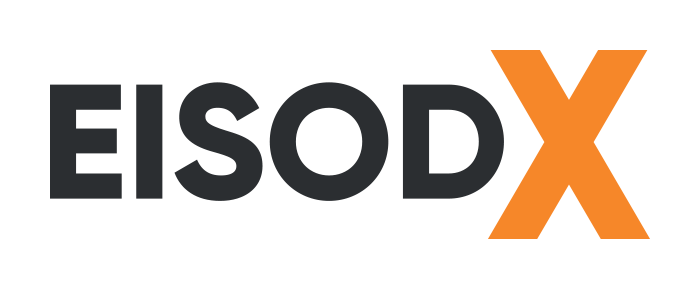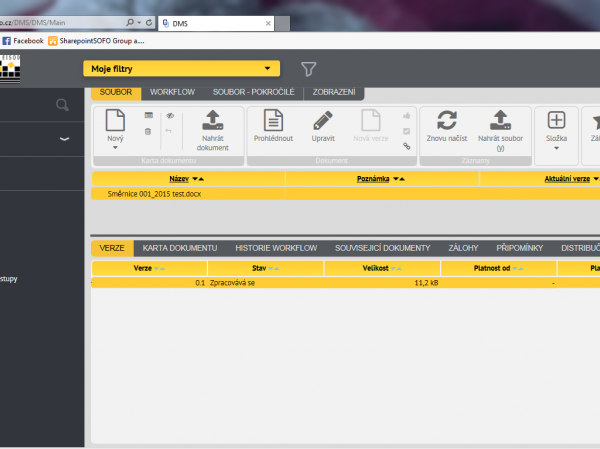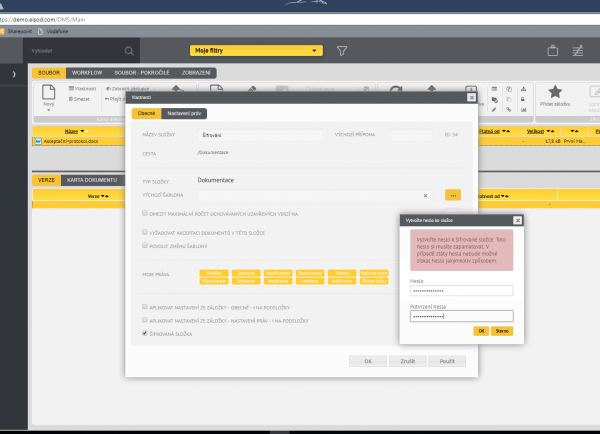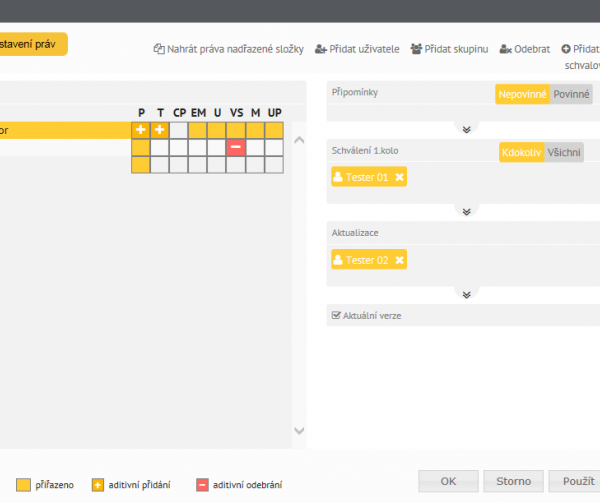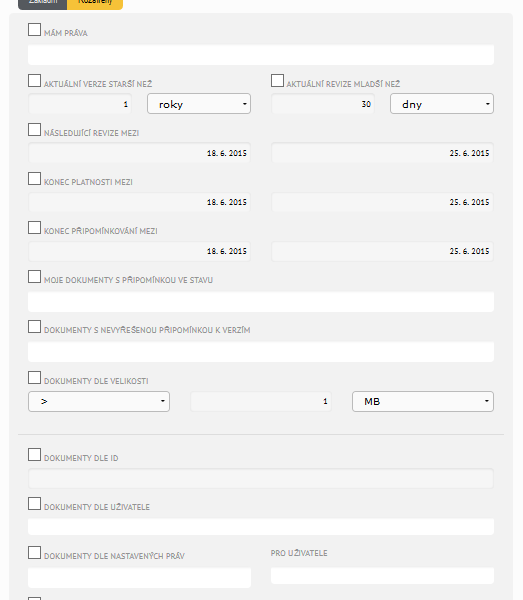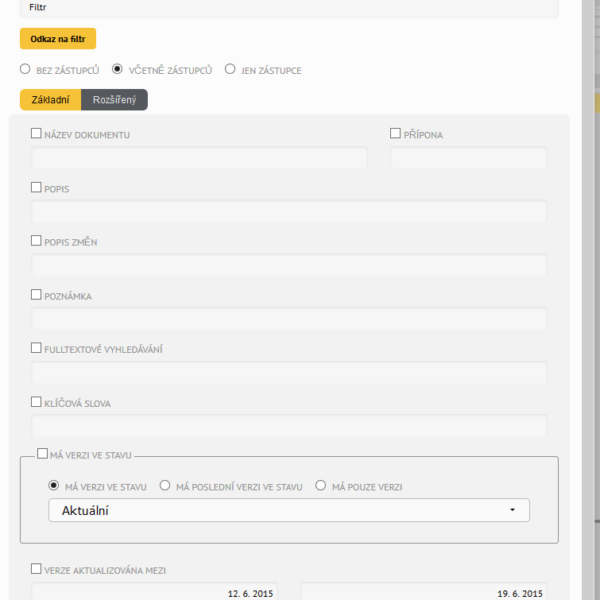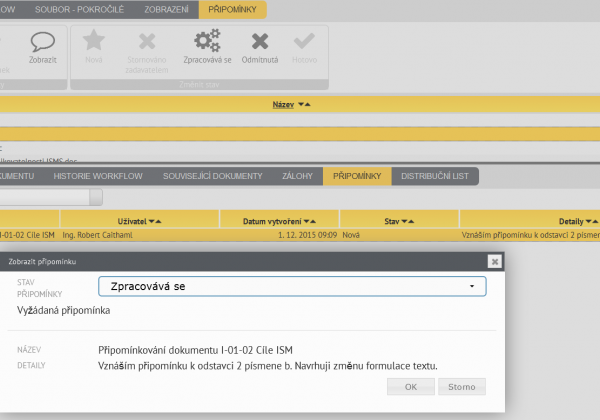Do you also solve these issues?
- Does the creation and distribution of documentation take too much time?
- Does anyone see unnecessarily much?
- Can’t anyone copy and steal all our documents without a trace?
- Do they all work with the same version of the documents?
- Did everyone commented on the new instruction, who was expected to
- Why do I have to sign it manually?
- Are all those concerned demonstrably acquainted with the documents
- Do we not keep some documents longer than we should (especially in relation to personal data)?
The document management system (DMS) is a key module of the EISOD system. It is designed for comprehensive administration and management of management documentation in accordance with the requirements of standards. The unified workflow manages the creation, commenting and approval of documentation, as well as the system of regular revisions and archiving / shredding of invalid documents. Individual users work with the documentation stored on the server via a web browser. All tasks in documentation management can be implemented either on the basis of a predefined workflow or in a simplified form, without turning on this function. In the approval workflow, you can assign rights and roles to groups or specific users to control their access to documents. Users can set rights for:
- reading documents,
- printing and copying the content of documents,
- writing documents,
- creating files / folders,
- approval of documents,
- document updates,
- giving rights to users,
- delete files / folders.
The consumer of the document always sees its valid version, so he cannot work with its outdated form. The EISOD system supports all document formats, and is then closely integrated with MS Office formats, especially DOCX, XLSX, PPTX, and PDF. It also supports hyperlinks linking individual managed documents, ie clicking on a link in a document opens the current version of another document. The system provides internal control and monitoring of individual users’ access to the system, ie. you can control who, when and from where made a change in a particular document. In a simple way, you can also find out the status of solving or not solving individual tasks associated with, for example, creating a new revision of a document, records, getting acquainted with a new revision, etc. Thanks to the automation of activities through workflows, time of personal “monitoring” of revision dates is spared and the workload of employees with paper versions with the need for a signature is minimized. This also reduces the risk of omitting regular document revisions or incorrect storage of an invalid document.Recommended implementation of the system provides for the storage of documents directly in the database, which can ensure controlled circulation of documents only through the system environment. EISOD can also be integrated with third-party systems through a number of web services. undergoes the process of change management, ie. not just management system documentation.
Main functionalities
- Management of documentation circulation using workflow
- User rights management
- Ensuring demonstrable acquaintance with documents
- User-defined fields and metadata for easier work with documents
- Email notifications to minimize human error
- Versioning of documents, including metadata
- Automatic archiving of previous versions of documents
- Document lifecycle automation
- Easy full text search
- 256-bit symmetric encryption (AES) prevents unauthorized access to the document, incl. system administrators, HW and SW infrastructure
- Controlled archiving and shredding of documents corresponding to the requirements of Act No. 499/2004 Coll., On archiving and the file service and on the amendment of certain acts
Demonstrable acquaintance
In every company, there are documents for which it is necessary to be sure that their consumers have been demonstrably acquainted with their content. The electronicization of these activities not only saves the time of all involved, but also minimizes the possibility of omitting any of the employees. The DMS module extends this functionality with the possibility of verifying real knowledge by a test, where only after its successful completion is a record of acquaintance with the document made. Of course, there is an escalation of possible non-fulfillment of obligations and the possibility of reporting the status of acquaintance.
Electronic signing
Some processes need a higher degree of trust in proving the signature of a document by a specific person. To support these processes, the DMS module has the functionality to sign documents with an electronic signature. In the last step of approval, a PDF version of MS Office documents is generated on the server for such documents and a signature with a certificate with a level of trust according to the customer’s needs is ensured. Typical use is in the approval of contracts in state administration and self-government and the organizations established by them.
Document encryption
A novelty in the DMS module is support for user document encryption. This is a higher level of security, which suitably complements the authorization system over folders and documents and allows you to adequately secure sensitive company documents. Because 256-bit symmetric encryption (AES) is at the data level of individual documents, access to the document is restricted to a user who knows the password to the encrypted folder. This prevents access to the content of the document for both EISOD administrators and HW and SW infrastructure administrators. In order to control encryption, the system allows you to specify the people or groups who have the right to encrypt the data in the folder. This can prevent unwanted encryption of documents by users who are not competent to do so.
Archiving and shredding of documents
The archiving and shredding functionality makes it possible to close the life cycle of invalidated, discarded documents and closed versions of documents in the EISOD system. The functionality is based on the requirements of Act No. 499/2004 Coll., On archiving and the file service on archiving and on the amendment of certain acts. Shredding characters, including shredding deadlines, can be set for individual document types or directly for specific documents. Based on the set shredding characters for discarded and revoked documents or closed versions of documents, a list of documents proposed for archiving, shredding or re-evaluation is created once a year. In the document overview, their further behavior can be modified by editing the shredding character and the deadline. Based on the revised list of documents, a shredding proposal can be created, which can be further provided to the relevant State Archive. Documents for archiving in the Long-Term Trusted Repository can be exported as a SIP package, including attachments. Documents intended for shredding can be removed from the system in a controlled manner by making a decision. EISOD can also serve as a long-term trusted storage (DDU).
